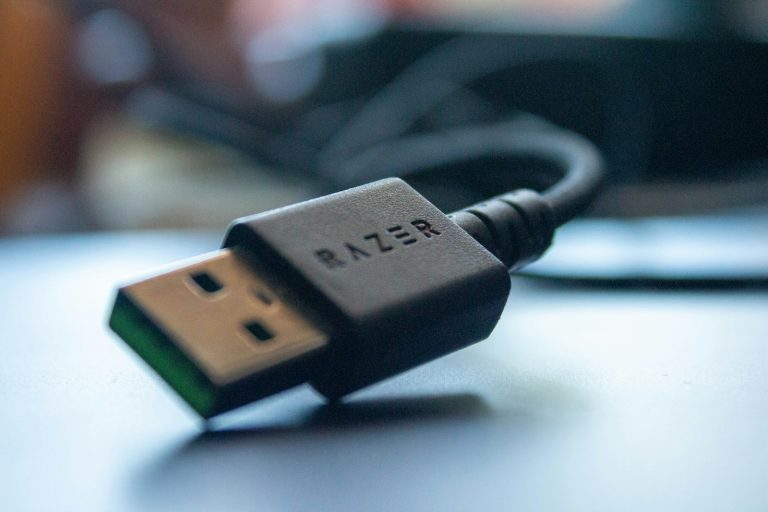The USB Implementers Forum (USB-IF), the leading organization for the advancement and adoption of USB technology, has announced the launch of the USB-IF Conformity to IEC 62680 (USB) Specifications Program. This new initiative aims to assist Original Equipment Manufacturers (OEMs) and Original Device Manufacturers (ODMs) in complying with the European Union’s (EU) Common Charger Directive. The directive mandates the use of standardized charging technology across a wide range of portable, battery-powered devices within the EU, with implementation set for January 1, 2025, and extended to laptops in 2026.
Meeting EU Regulatory Standards
The USB-IF program addresses the critical aspects of the EU directive, which include USB Type-C® receptacles, USB Type-C cables and connectors, external power supplies (EPS), and the USB Power Delivery (USB PD) protocol for devices advertising over 15 watts. The program provides OEMs and ODMs with a straightforward, cost-effective process to demonstrate their products’ conformity to the IEC 62680 (USB) standards, ensuring compliance with the new EU regulations.
USB-IF President and COO Jeff Ravencraft noted that the organization has maintained a longstanding collaboration with the International Electrotechnical Commission (IEC), contributing key USB specifications now included in the IEC 62680 series. “This new program is tailored to assist OEMs and ODMs in meeting the specific requirements of the EU Common Charger Directive, ensuring their products are ready for the European market.”
Streamlined Testing and Approval
Under this program, OEMs and ODMs can have their USB Type-C products tested by USB-IF authorized independent test labs (ITLs). The testing process is designed to be efficient, allowing manufacturers to meet regulatory deadlines. Once testing is complete, manufacturers receive official documentation demonstrating that their products conform to the IEC 62680 (USB) specifications. The process includes a minimum set of required tests to demonstrate baseline conformity, with USB-IF reviewing all test submissions and providing final approval.
A Vendor ID (VID) is required for participation in the program, and USB-IF will utilize a Test ID (TID) as a reference tracker throughout the process. This approach ensures that all products undergo rigorous evaluation, focusing on the essential elements necessary for compliance with the EU mandate.
USB-IF Chief Technology Officer and Chairman of the Board Abdul Ismail explained that the USB-IF Conformity to IEC 62680 (USB) Specifications Program is carefully developed to guarantee that all products adhere to EU regulatory standards. ‘Our testing procedures provide an accurate and dependable evaluation, allowing OEMs and ODMs to showcase their compliance with confidence,’ he added.
Differentiating from Full Compliance Programs
While the USB-IF Conformity to IEC 62680 (USB) Specifications Program provides a crucial service for OEMs and ODMs, it is distinct from the USB-IF Compliance Program, which offers more extensive testing. The full compliance program not only verifies conformity with the IEC 62680 specifications but also ensures a product’s adherence to the complete USB-IF specifications for data performance, reliability, and interoperability. Fully certified products under the USB-IF Compliance Program are eligible to use the Certified USB Logo, recognized by consumers as a mark of quality and trust.
This new program is an important step in helping the industry achieve the necessary conformity for the EU market, Ravencraft added. It provides a structured approach for OEMs and ODMs to swiftly and effectively test their products, ensuring they stay competitive in the EU market.
The USB-IF Conformity to IEC 62680 (USB) Specifications Program offers a vital solution for manufacturers navigating the new EU Common Charger Directive, providing a streamlined process to demonstrate product compliance. With the directive’s deadlines approaching, this program ensures that OEMs and ODMs can continue to sell their products within the EU, aligning with the evolving regulatory landscape.


